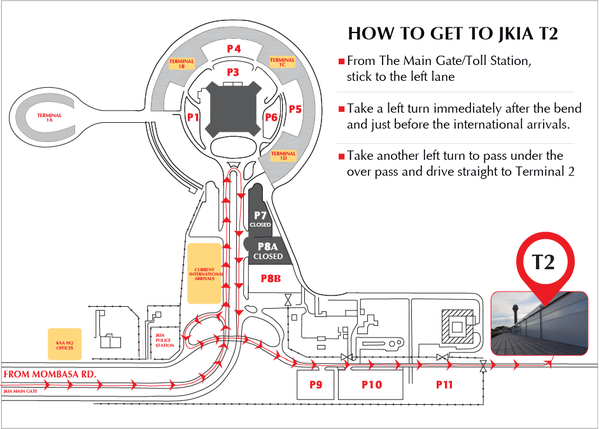By Bamuturaki Musinguzi
Published June 30, 2007
Uganda is constructing a US$286,515 Cultural Village to act as a one stop shop to showcase Uganda’s diverse lifestyles through architecture, pottery, basketry and mat-making, woodwork, leather-work, bark-cloth, iron smith smelting, musical instruments, and clothing and adornment. BAMUTURAKI MUSINGUZI reports.
The aim of the village, to be built at the Uganda National Museum in Kampala ahead of the Commonwealth Heads of Government Meeting in November 2007, is to enable citizens of the Pearl of Africa to rediscover and develop pride in their diverse identities.
“We want to depict a living museum where different peoples of Uganda will be displaying their various social and economic activities like the Baganda with bark cloth-making and the Banyoro with their pottery and iron-smelting,” Grace Mbabazi Aulo, assistant commissioner for tourism development in the ministry of tourism, trade and industry, says.
Charles Kironde, whose Matrix Construction Company Limited got the contract to construct the village on April 18, 2007, says the village will be ready in four months.
The ministry of tourism, trade and industry, says the envisaged cultural village is a permanent feature that is not just targeting CHOGM but that it will act as a research centre and a tourist attraction generating revenue for further development.
In order to relate to its functions, the government has changed the name of the department responsible for cultural heritage from Antiquities and Museums to Museums and Monuments.
The department is charged with preserving, conserving, promoting, presenting and protecting national cultural and natural heritage. It is also responsible for identifying, documenting, gazetting and protecting of cultural sites.
RELATED: Ethiopian Airlines Flies a Notch Higher
In 2005/06, the department compiled a national register of the sites in most parts of the country and a data bank from which future national sites could be selected for development. So far 357 sites and monuments have been identified and documented.
The department also developed Fort Portal Cultural Heritage Tourism Centre, Kabale Cultural Centre and Museum, Bigo bya Mugenyi and Ntuusi Archaeological sites, Moroto Cultural Museum, and Uganda National Museum in Kampala during the same period.
Till now, Uganda has lacked a cultural village that could showcase the lifestyle of its people as a form of tourism. If in place, this would target both local and foreign visitors and increase our foreign exchange earnings.
The people of Uganda are of three main distinct ethnic groups that can be broken down into more than 50 ethnic nationalities.
The groups are the Nilo-Hamites, Nilotes, and Bantu, including the pygmoid people like the Batwa and the Bambuti who live in western Uganda bordering eastern Congo-Kinshasa.
The Batwa and Bambuti Pygmies, the country’s most ancient inhabitants, are remnants of the hunter-gatherer cultures that once occupied much of East Africa and left behind a rich legacy of rock paintings, such as those at the Nyero Rock Shelter in Kumi District, 400 kilometres east of the Ugandan capital, Kampala.
“With such an ethnic diversity, Uganda is a land rich in culture and traditions as seen in the variety of traditional music and dances, art, handicrafts, costumes, food, beliefs, and customary practices. The inhabitants of Uganda reputed for their hospitality and friendliness, pride in these cultures and traditions handed down from generation to generation,” a ministry of information publication, The Pearl of Africa, says.
RELATED: The Gambia Invests in Tourism and Travel
The government has contracted Uganda Film and Television Institute US$82,858 to make an 80-minute documentary on the cultures of Uganda through music, dance, art, crafts, rituals, clothing, food, drink, and historical sites.
George Sengendo of Uganda Film and Television Institute says the film will be ready in September 2007.
Lamenting the low level of awareness about Uganda’s cultural heritage, the government instructs the Museum and Monuments department to create awareness about the importance of the country’s cultural heritage so that local people may attach more value to it besides boosting domestic and international tourism.
But as if contradicting itself, the government has reduced the budget of the ministry of tourism, trade and industry by 18 percent (from US$21.1 million to US$17.1 million) for the 2007-2010 financial years despite its so-called “recognition” of tourism as “one of the biggest foreign exchange earners for Uganda”.




